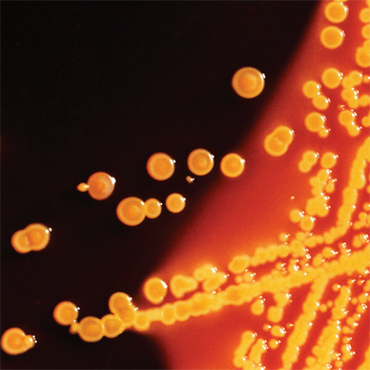Battling bacteria with software

Sandia National Labs has developed software that will help researchers find weaknesses in deadly bacteria.

Researchers at Sandia National Labs area have developed software to help track potentially dangerous antibiotic-resistant pathogens that are creeping into hospital wards.
According to a report in the Sandia Lab News issued in late August, researchers keyed in on a difficult bug called Klebsiella pneumoniae, which isn't normally a fierce pathogen but has become resistant to some of the most potent antibiotics.
Klebsiella pneumonia, said the report and a paper published earlier in the summer by research journal Plos One, is the most common kind of carbapenem-resistant enterobacteriaceae (CRE) in the United States. Carbapenems cover a broad spectrum of antibacterial activity and are considered by the medical community as the antibiotic of last resort. According to the Sandia Lab News report, CREs are not the infamous and gruesomely flashy methicillin-resistant Staphylococcus aureus (MRSA), or "flesh eating" bacteria, of media fame, but are a serious concern because of their potential lethality, resistance to antibiotics, and ability to spread that resistance to other bacteria.
Sandia researchers have sequenced the DNA of the Klebsiallea pneumonia and begun cataloging its genome into databases, and have pushed out software that will help researchers find weaknesses in the bacteria.
The laboratory is making the effort to combat the bacteria's threat through its Rapid Threat Organism Recognition (RapTOR) Grand Challenge. The project was created several years ago to develop a new approach to helping medical researchers identify unknown microbes, guide public health response and develop diagnostic treatments.
Researchers worked with Klebsiella pneumoniae to encode its DNA last year, according to the report, and to test an automatic DNA sequencing preparation platform for the RapTOR.
The lab also used two different datasets, called MiSeq and PacBio, to assemble the organism's complex genome. It set up novel bioinformatics software to help other researchers crunch the complex and vast amount of biological identifiers carried by the microbe, including DNA and proteins.





